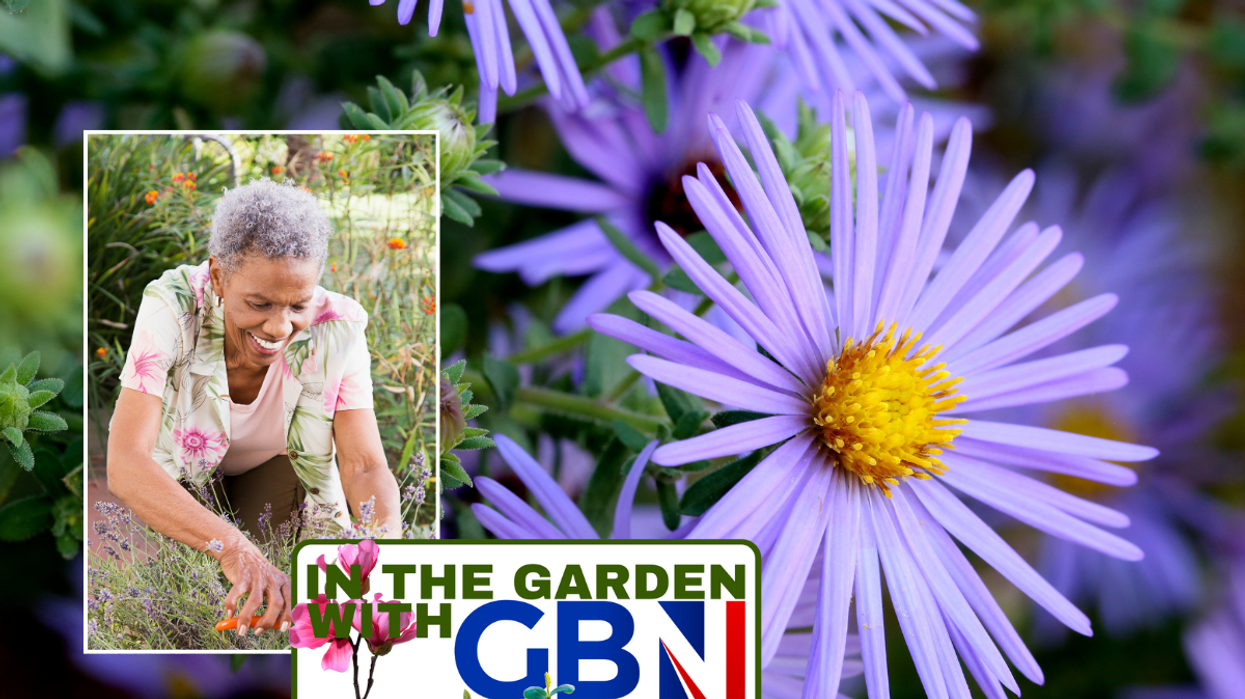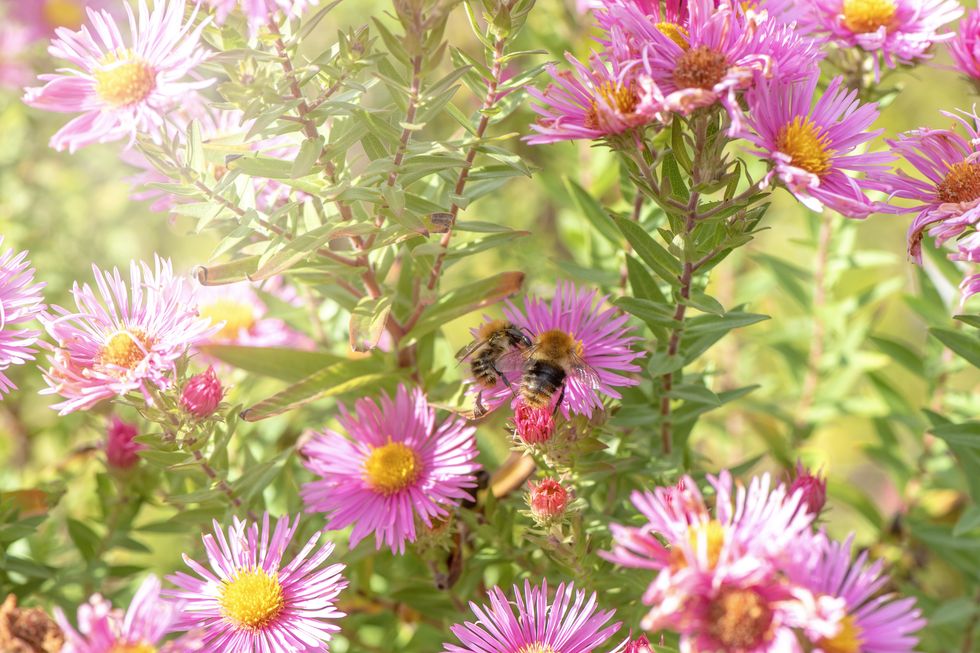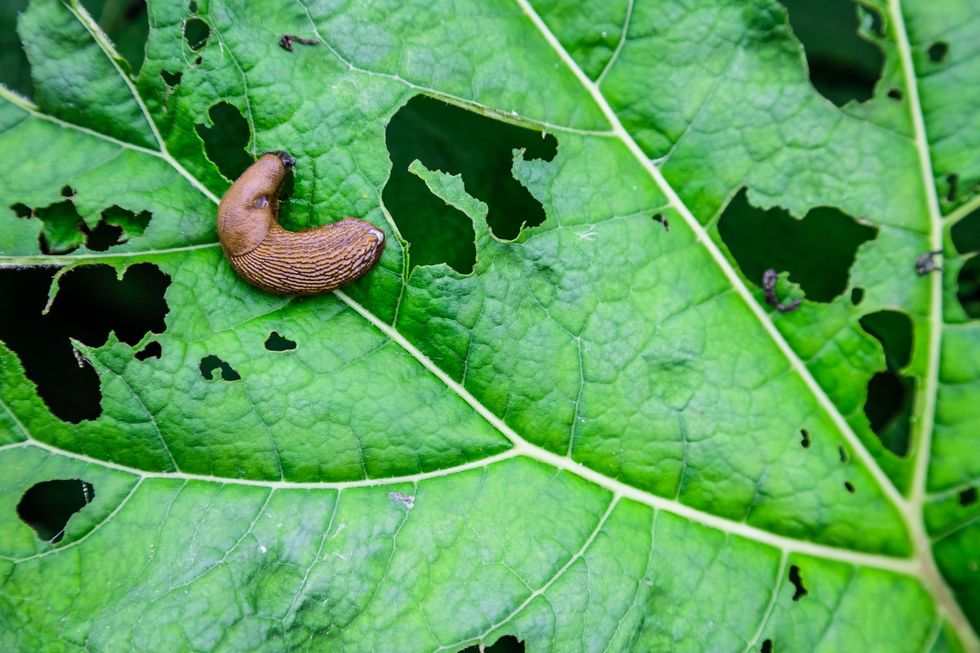In the garden with GB News: Asters - everything you need to grow your own display at home

Asters are a beautiful flower to grow at home
|GETTY

GB News is sharing everything you need to know about how to help you make the most out of your garden. This week, we look at how to grow asters at home
Don't Miss
Most Read
Latest
Asters are pretty perennial flowers that are often described as colourful daisies.
This makes them a beautiful addition to any garden and GB News has shared what you need to know to grow them successfully.
Everything to know about caring for asters
Choosing the right spot to plant asters in your garden is a good start for their survival. Look for sunny spots and ensure the soil is well-hydrated without being waterlogged, CEO and founder at Tree Menders Evan Torchio said.
He told GB News: "They love sunshine, so pick a spot that gets at least a few hours a day. Water them regularly, especially when they're new, but don't overdo it – soggy soil isn't their thing.
"They're not fussy about fertiliser, but a little springtime feeding can encourage even more blooms. And to keep them looking bushy and promote more flowers, you can pinch off some stem tips early in the season."

GB News shares a guide for growing Asters
|GETTY
Once you've found the perfect location, it is key to prepare the soil, certified botanist from PlantIn app Melvin Cubian told GB News.
He said: "Like most gardening tasks, the most important thing is to prepare the soil well. This is because it is where the plant will get the nutrients that are essential for its growth and development. It must be at least well-draining but have a good capacity to retain moisture.
"If your garden soil is too sandy or too clayey, you can mix in some compost, vermicast or a well-rotted manure that would help make the soil crumbly, in the case it is too compact, and not too fast-draining, in the case it is sandy.
"When the soil is not prepared well, it can lead to poor germination, weak growth, or worse, fungal diseases that eventually lead to death."
Gardeners can buy asters to plant at home or they can grow these from seeds.
The expert continued: "To plant nursery or garden-bought flowers, simply dig a pit the size of the pot. Extract the root ball carefully without damaging much of it - this will help prevent transplanting shock.
"As an added measure to prevent stress, you can place it outdoors or at the desired spot to help it acclimate for about a week and then plant it when the soil is dry. After planting, ensure to saturate the soil well so the root ball will have better contact with the new soil.
"If you want to start asters from seeds, you can simply scatter them in your garden bed or pathway borders. Lightly cover them with soil. Alternatively, sowing a few seeds on a hill (a planting spot) is also a good method.
"You can thin the seedlings that will sprout later. Usually, they will sprout in two to three weeks, depending on the temperature. Also, keep the soil moist throughout the germination period.
"For a higher aesthetic impact, you can sow similar-coloured varieties in a spot. This will create a contrasting but complementing colour as soon as they sprout and flower."
Once planted, asters need care and attention to ensure they survive and thrive. Using a fertiliser and watering on hot days is important for this.
Melvin continued: "After successfully planting your asters, optimising the watering, pest and disease prevention and other maintenance routine will ensure longer-lasting blooms.
"During hot summers, water approximately every other day, especially if they are still in the seedling stage. However, adjust your watering regimen based on the soil moisture status–postpone it a few days or two if the soil is still moist or if there is a recent rain event.
"Additionally, be sure to not wet the leaves when watering. Instead, water them directly into the soil to prevent water splashes and to keep the foliage dry, reducing the possibility of fungal infection.
LATEST DEVELOPMENTS

GB News shares how to deter pests
|GETTY
"Another means to prevent diseases and to maintain its root health in general is to apply mulch. This practice is done by covering the soil with about two inches (3cm) of organic materials like shredded bark, grass hay or sawdust to help mitigate the spread of the disease.
"Most spores come from the soil and this will act as a natural physical barrier to prevent them from getting into the leaves. Moreover, it will help the soil cool and moist during the hot days."
Like with many plants and flowers, pruning will sometimes be necessary to help asters thrive.
"With regards to pruning, asters do not need haircuts. However, if the blooms dry out in summer or autumn, or if brown leaves are affected, prune them immediately. Called deadheading, it can help prevent diseases as well as induce another set of blooms.
"Asters are not particular with fertilisers, especially if you prepare the soil well. But to ensure an abundant bloom, slow-release fertilisers with 5-10-10 NPK can be incorporated before planting or applied as side-dress when it is already established."
This comes as GB News shares tips to protect your garden. Deter pests like slugs, cats and rodents with some natural hacks.










